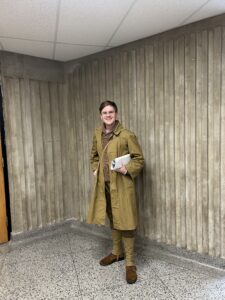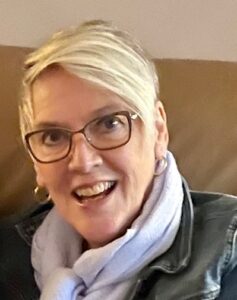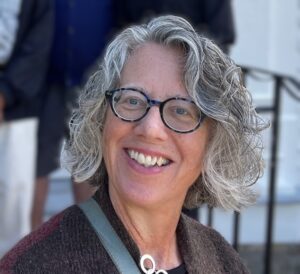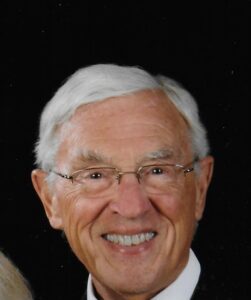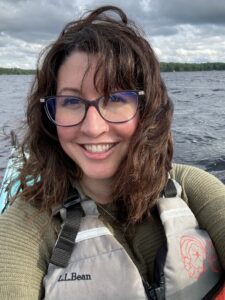Wednesday, January 15th, 2025, 7:00 pm (Atlantic), in-person at the Lindsay Children’s Room on the 2nd floor.at the Halifax Central Library, 5440 Spring Garden Road, Halifax, Nova Scotia. Click here for the Zoom link.
Bio:
Liam Caswell (he/they) is PhD candidate studying within Dalhousie University’s Department of History and specializing in twentieth century British imperial and foreign policy. In addition to their academic work, Liam has over a decade of experience working in local historical interpretation through affiliations with the Dartmouth Heritage Museum and Friends of McNab’s Island. The present lecture is an adaptation of their 2016 Mount Saint Vincent University Honours Thesis, which Liam is thrilled to have an opportunity to share with the wider Halifax community.
Abstract:
Examining the Halifax press reaction to the July Crisis and outbreak of the First World War, this lecture contests the popular notion of Canadian society subscribing to a universally jingoistic and celebratory “spirit of 1914”. By comparing the attitudes expressed by Halifax’s two most widely circulated dailies – the Liberal-leaning Morning Chronicle and the Conservative-affiliated Halifax Morning Herald – it is demonstrated how divisive the popular press reaction was toward the possibility, and eventual reality, of Halifax’s participation in a major European War.




